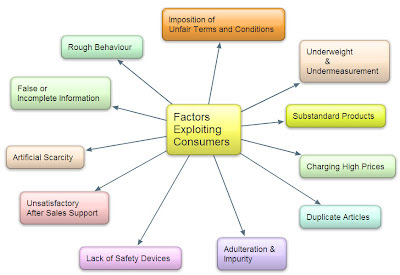THE RISE OF NATIONALISM IN EUROPE
Commonly Asked Questions
Q1: What was Federic Sorrieu's dream of 'Democratic Republics'?
Answer: In 1848, Federic Sorrieu prepared a print called 'The Dream of Worldwide Democratic and Social Republic. He tried to visualise his dream of a world made up 'democratic republics'. According to him:
1. People of Europe and America marching and forming a long train towards the statue of liberty and offering homage to it.
2. He personified liberty as a female figure.
3. In his glorified dream, he grouped people of the world as distinct nations which are identified by their national costumes and national flags.
4. From heavens, Saints and angels gaze upon the scene symbolising the fraternity among the nations of the world.
Q2: How the concept of nation was visualised in Europe in 18th and 19th century?
Answer:
1. Artists in 18th and 19th centuries tried to give a face and personify the concept of a nation.
2. Nations were portrayed as female figures and alma mater (motherlands).
3. The Female figure became an allegory of the nation. e.g. Germania. In her visual representation, Germania wears a crown of oak leaves as the German Oak stands for heroism.
















